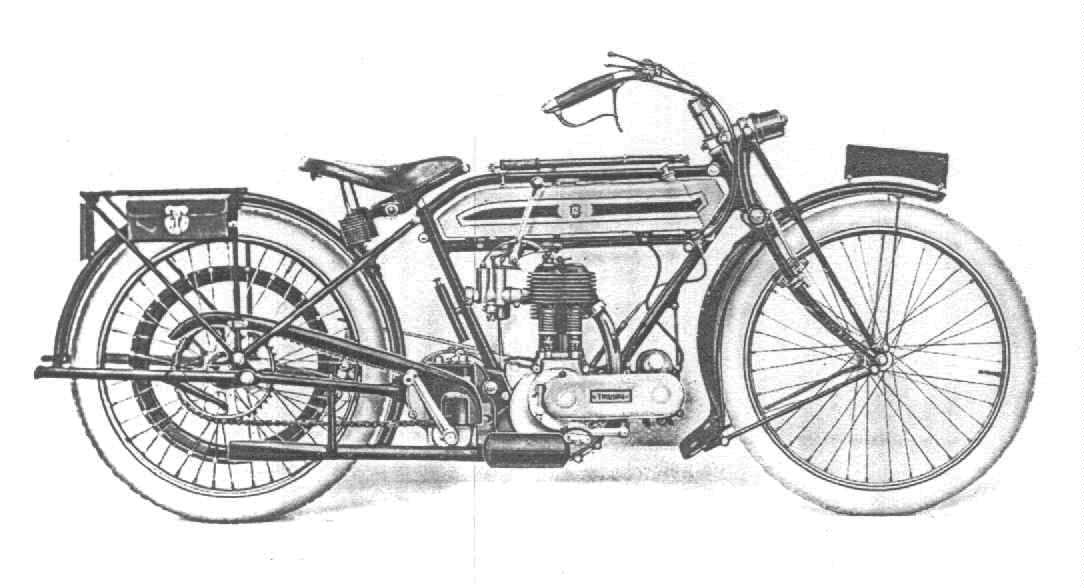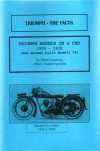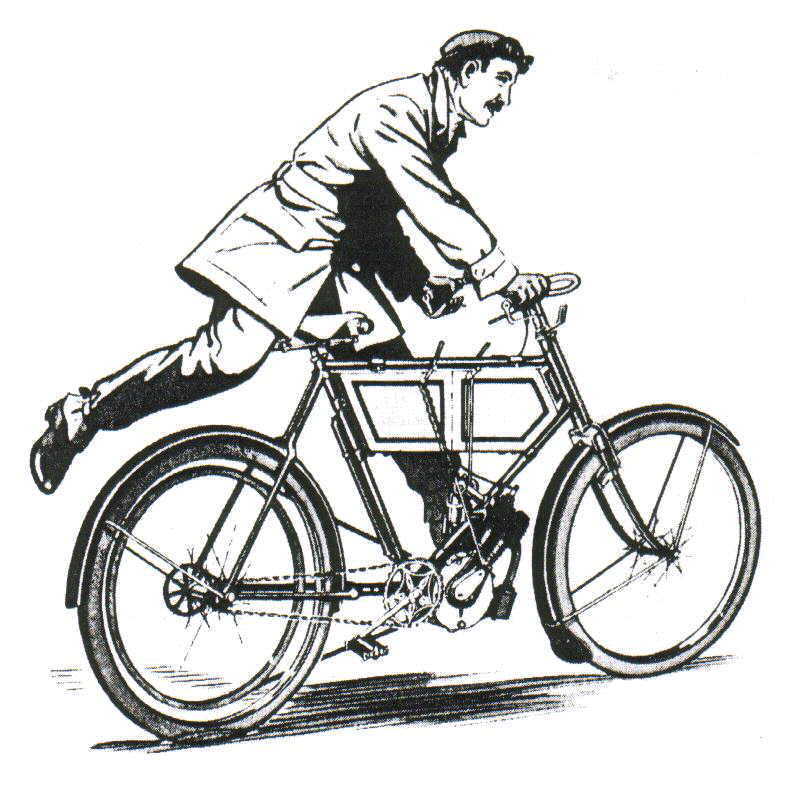
The first year - a 1920 Model
Introduced for 1920 the Model SD was basically an all-chain driven Model H. The engine was the same but drove Triumph's first own-design gearbox, which was not particularly successful. The belt-drive Model H continued to be made for those who still preferred the more smooth riding with a belt to take up 'engine snatch'.
The Model SD solution to reduce engine snatch was to have a large, spring-like mechanism built into the clutch assembly. Hence the SD stood for Spring Drive. This had been designed by an Edward Middleton, and interestingly he doesn't appear to have designed anything else for Triumph!
Throughout its production years the Model SD underwent many changes, from cycle-style stirrup front brake to twin shoe, different fuel tanks, a repositioning of the gearchange lever, many different styles of front mudguard, and in its final year was fitted with an external Pilgrim oil pump to obviate the necessity to give a hand pump operation every ten miles.
The Model SD was Triumph's top-of-the-range, and most expensive, model when it was introduced. At £110 it was £18 more expensive than the Model H, which was quite a few weekly wage packets. Thank goodness for the 'never-never' monthly payment option.
Despite the high cost the Model SD sold well, for with the more positive all-chain drive it had the power to haul Triumph's heaviest sidecar, and from period pictures it would appear that mother-in-laws were quite 'hefty' in those days. (Poor wifey had to take the pillion seat.)


